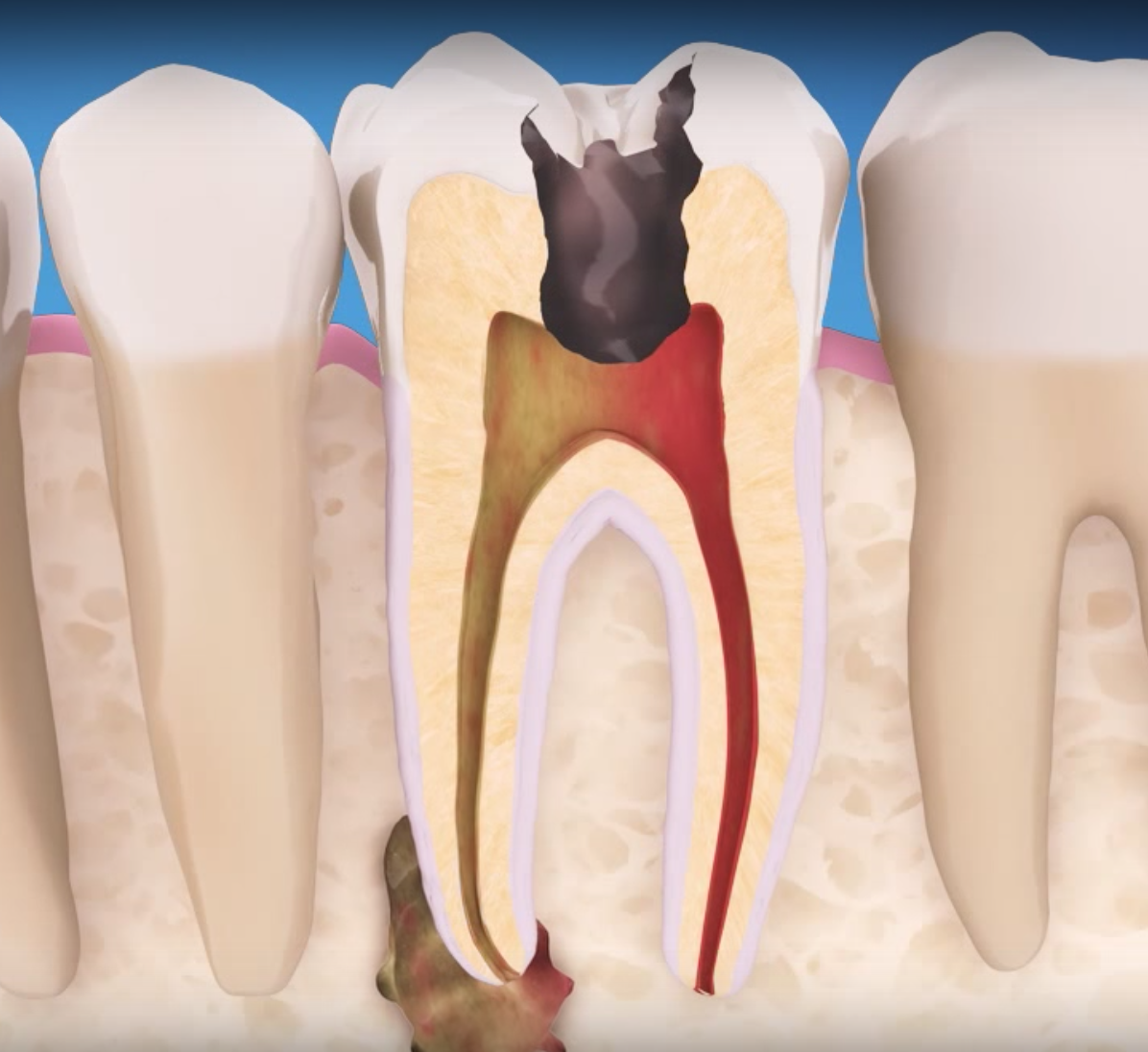Black Triangle Teeth
The phenomenon of black triangle teeth, also known as black triangles or interdental triangles, refers to the appearance of small, triangular gaps between teeth, particularly in the anterior (front) region of the mouth. These gaps can be unsightly and may affect the overall aesthetic appeal of a person’s smile. In this article, we will delve into the causes, effects, and treatment options available for black triangle teeth, providing a comprehensive understanding of this common dental concern.
Causes of Black Triangle Teeth
Several factors contribute to the formation of black triangle teeth. One of the primary causes is gum recession, which can be caused by periodontal disease, aggressive tooth brushing, or genetic predisposition. As the gum tissue recedes, it exposes the triangular spaces between teeth, creating an unattractive appearance. Other contributing factors include:
- Tooth shape and size: Teeth that are too small or irregularly shaped can leave gaps between them, creating black triangles.
- Orthodontic issues: Misaligned teeth or a narrow dental arch can also lead to the formation of black triangles.
- Bone loss: Bone loss around the teeth, often due to periodontal disease, can cause the gum tissue to recede and create black triangles.
- Aging: As we age, our gum tissue naturally recedes, which can expose the interdental triangles.
Effects of Black Triangle Teeth
Black triangle teeth can have a significant impact on a person’s self-confidence and overall quality of life. The appearance of these gaps can make a person’s smile appear uneven, aged, or unattractive. This can lead to:
- Social anxiety: Individuals with black triangle teeth may feel self-conscious about their smile, avoiding social interactions or feeling embarrassed in public.
- Difficulty speaking: In some cases, black triangle teeth can affect speech, particularly if the gaps are large enough to interfere with tongue movement or pronunciation.
- Decreased self-esteem: The appearance of black triangle teeth can negatively impact a person’s self-esteem, making them feel less confident in their appearance.
Treatment Options for Black Triangle Teeth
Fortunately, there are several treatment options available to address black triangle teeth. These include:
- Dental bonding: A non-invasive procedure where a tooth-colored resin is applied to the affected area, filling in the gap and improving the appearance of the teeth.
- Veneers: Thin, porcelain shells that are bonded to the front of the teeth, covering the black triangle and creating a more uniform smile.
- Crowns: Caps that cover the entire tooth, restoring its shape and size, and eliminating the black triangle.
- Orthodontic treatment: In some cases, orthodontic treatment, such as braces or Invisalign, may be necessary to correct underlying orthodontic issues that are contributing to the formation of black triangle teeth.
- Gum grafting: A surgical procedure where healthy gum tissue is taken from another part of the mouth and transplanted to the affected area, covering the exposed roots and eliminating the black triangle.
Prevention and Maintenance
While treatment options are available, preventing black triangle teeth from forming in the first place is ideal. To minimize the risk of developing black triangle teeth, it’s essential to:
- Practice good oral hygiene: Regular brushing, flossing, and dental check-ups can help prevent gum recession and tooth decay.
- Avoid aggressive tooth brushing: Use a soft-bristled toothbrush and gentle brushing technique to prevent gum recession.
- Maintain a healthy diet: A balanced diet rich in fruits, vegetables, and whole grains can help support gum health.
- Avoid smoking and tobacco products: Smoking and tobacco use can increase the risk of gum recession and periodontal disease.
Step-by-Step Guide to Preventing Black Triangle Teeth
- Brush your teeth at least twice a day with a fluoride toothpaste
- Floss once a day to remove food particles and plaque
- Visit your dentist regularly for check-ups and cleanings
- Avoid smoking and tobacco products
- Maintain a healthy diet and lifestyle
Conclusion
Black triangle teeth can be a concerning issue for individuals, affecting their self-confidence and overall quality of life. However, with the various treatment options available, it’s possible to address this issue and achieve a more aesthetically pleasing smile. By understanding the causes, effects, and treatment options for black triangle teeth, individuals can take proactive steps to prevent this issue from forming and maintain a healthy, beautiful smile.
What are the most common causes of black triangle teeth?
+The most common causes of black triangle teeth include gum recession, tooth shape and size, orthodontic issues, bone loss, and aging.
Can black triangle teeth be prevented?
+Yes, black triangle teeth can be prevented by practicing good oral hygiene, avoiding aggressive tooth brushing, maintaining a healthy diet, and avoiding smoking and tobacco products.
What are the treatment options for black triangle teeth?
+Treatment options for black triangle teeth include dental bonding, veneers, crowns, orthodontic treatment, and gum grafting.

